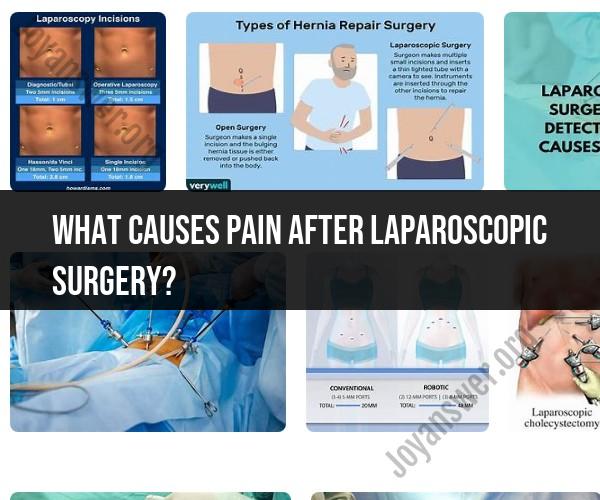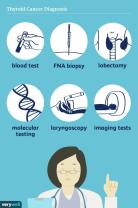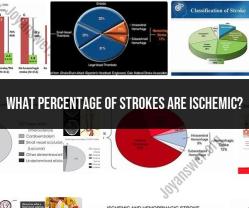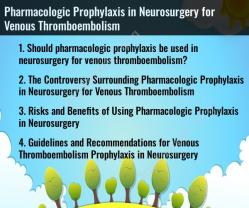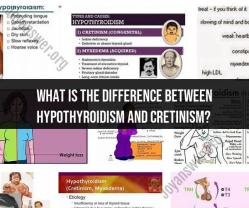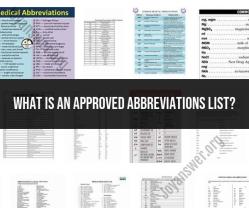What causes pain after laparoscopic surgery?
Understanding Post-Laparoscopic Surgery Pain Causes
Laparoscopic surgery, also known as minimally invasive surgery, is a modern surgical technique that uses small incisions and specialized instruments to perform various procedures inside the abdomen. While laparoscopic surgery offers several advantages, such as shorter recovery times and smaller incisions compared to traditional open surgery, patients may still experience post-operative pain and discomfort. Understanding the common causes of post-laparoscopic surgery pain can help patients and healthcare providers manage and address this issue effectively.
1. Incision Pain
One of the most common causes of pain after laparoscopic surgery is incision-related discomfort. Even though laparoscopic incisions are smaller than those made during open surgery, they can still cause soreness and pain. These small incisions serve as entry points for surgical instruments and the insertion of a camera (laparoscope) to visualize the surgical area. The incisions are closed with stitches or staples after the procedure. Pain at these sites can be expected as the body heals.
2. Carbon Dioxide Gas Pain
During laparoscopic surgery, the surgeon inflates the abdominal cavity with carbon dioxide gas. This gas creates space within the abdomen, allowing the surgeon to access and work on the internal organs more easily. However, after the surgery, some of this gas can remain trapped in the abdomen. As a result, patients may experience discomfort, bloating, and referred pain in the shoulders and chest. This gas pain typically resolves within a few days as the body naturally absorbs the carbon dioxide.
3. Internal Tissue Manipulation
During laparoscopic procedures, the surgeon manipulates and repositions internal tissues and organs to perform the necessary surgical tasks. This internal manipulation can lead to soreness and discomfort after the surgery. The body needs time to heal and adapt to these changes, which can contribute to post-operative pain.
4. Surgical Complexity
The level of post-operative pain can also vary based on the complexity and duration of the laparoscopic surgery. More extensive procedures that involve multiple surgical sites or longer operating times may result in increased pain during the recovery period.
5. Individual Variations
It's essential to recognize that individual pain thresholds and experiences can vary widely. Some patients may report only mild discomfort, while others may experience more significant pain following laparoscopic surgery. Factors such as the patient's overall health, surgical technique, and the extent of tissue manipulation can all play a role in determining the level of pain experienced.
In conclusion, post-laparoscopic surgery pain is a common aspect of the recovery process. Understanding the causes of this pain, including incision pain, residual carbon dioxide gas, internal tissue manipulation, surgical complexity, and individual variations, can help patients and healthcare providers better manage and address discomfort. Proper pain management, adherence to post-operative instructions, and clear communication with your healthcare team are essential steps in ensuring a smooth and comfortable recovery after laparoscopic surgery. If you have concerns about post-operative pain, do not hesitate to discuss them with your surgical team for appropriate guidance and support.
Laparoscopic surgery, also known as minimally invasive surgery, has revolutionized the field of medical procedures due to its smaller incisions and faster recovery times. However, patients may still experience post-operative pain and discomfort. In this article, we will delve into the common causes of post-laparoscopic surgery pain, expectations for pain management, and strategies for addressing this discomfort effectively.
Understanding Post-Laparoscopic Surgery Pain: Common Causes
Post-operative pain is a natural consequence of any surgical procedure, and laparoscopic surgery is no exception. Understanding the common causes of pain can help patients prepare for what to expect:
Incision Pain: Although laparoscopic incisions are smaller than those in traditional surgery, they can still cause discomfort. These small wounds are where the surgical instruments were inserted, and they may be sore for a few days.
Gas Pain: During laparoscopic surgery, carbon dioxide gas is used to inflate the abdomen, creating space for the surgeon to work. After surgery, this gas can cause discomfort and pain in the shoulder and chest areas.
Internal Tissue Manipulation: The surgeon moves and manipulates internal tissues during laparoscopic procedures. This can result in soreness and discomfort as the body heals.
Pain Management After Laparoscopic Surgery: What to Expect
Effective pain management is crucial to ensure a smooth recovery following laparoscopic surgery. Here's what patients can expect:
Prescribed Medications: Your surgeon may prescribe pain medications to manage post-operative pain. It's essential to take these medications as directed to stay ahead of the pain.
Rest and Recovery: Adequate rest and minimal physical activity are vital during the initial days after surgery. Avoid strenuous activities and follow your surgeon's guidelines.
Use of Heat or Cold: Applying a warm compress or cold pack to the sore areas can provide relief and reduce inflammation. Consult your medical team for recommendations.
Monitoring for Complications: While mild discomfort is normal, it's crucial to monitor for signs of complications, such as excessive bleeding or infection. Contact your healthcare provider if you experience severe or worsening pain.
Dealing with Discomfort: Addressing Pain Following Laparoscopic Procedures
To manage and alleviate post-laparoscopic surgery pain effectively, consider the following strategies:
Follow Medical Advice: Adhere to the post-operative instructions provided by your surgeon and medical team. This includes taking prescribed medications, attending follow-up appointments, and maintaining proper wound care.
Stay Hydrated: Drinking plenty of fluids can help flush out residual carbon dioxide gas, potentially reducing gas-related discomfort.
Gentle Movement: Gradual, gentle movements like walking can help alleviate gas pain and promote blood circulation, aiding in the healing process.
Nutrition: Consume a balanced diet rich in nutrients to support your body's healing process.
Stay Informed: Educate yourself about the recovery process and reach out to your healthcare provider if you have questions or concerns.
In conclusion, understanding the common causes of post-laparoscopic surgery pain and having realistic expectations for pain management are essential for a smooth recovery. While some discomfort is to be expected, following medical advice and implementing pain management strategies can help patients address pain effectively and ensure a successful healing process. Always communicate openly with your medical team to receive the necessary support during your post-surgical recovery.
